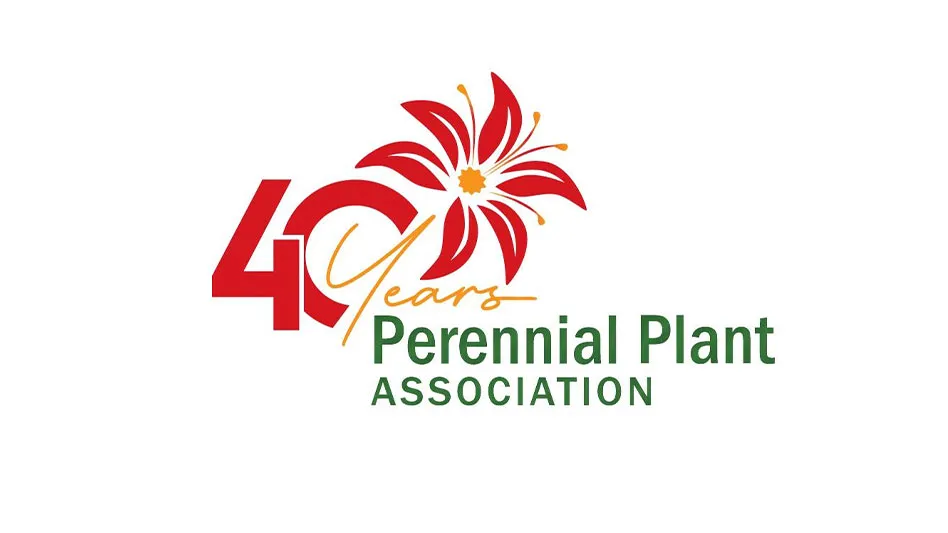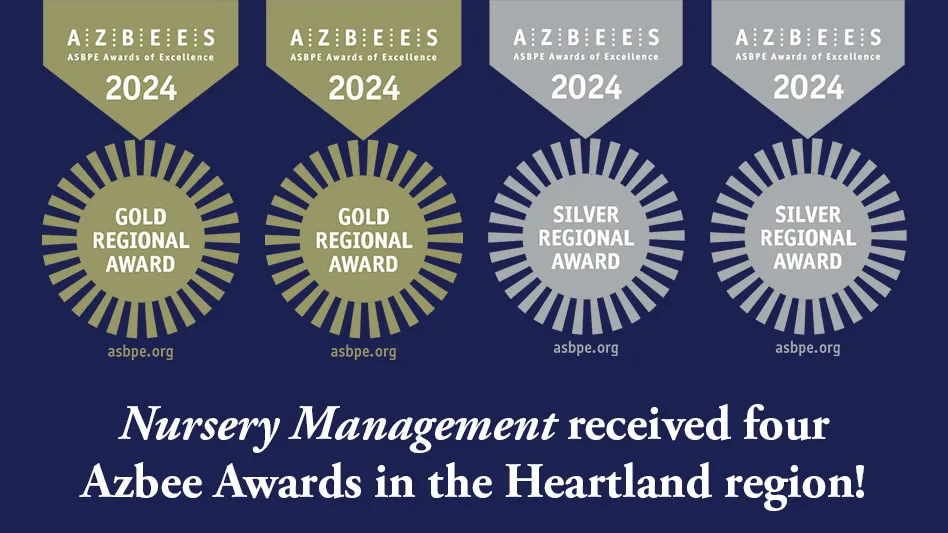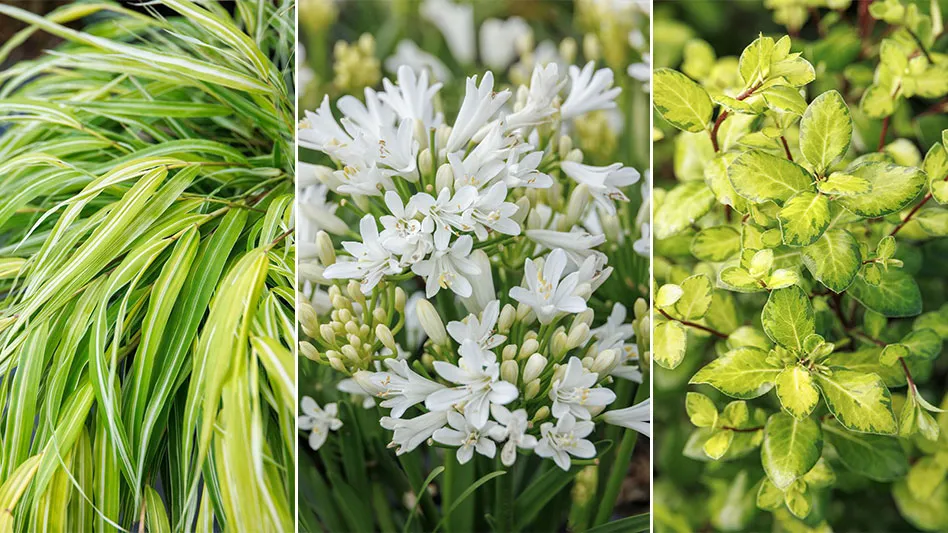 In the last 50 years, experts say the domesticated honey bee population declined nearly 50 percent. This year was one of the worst on record, with some U.S. beekeepers losing 60 percent of their hives. Add in losses suffered by wild honey bees, bumblebees and other pollinators, and the numbers seem downright frightening.
In the last 50 years, experts say the domesticated honey bee population declined nearly 50 percent. This year was one of the worst on record, with some U.S. beekeepers losing 60 percent of their hives. Add in losses suffered by wild honey bees, bumblebees and other pollinators, and the numbers seem downright frightening.
Why? Bees account for one-third of the food we eat. Every fruit, vegetable or nut that forms from a flower — tomatoes, almonds, squash, blueberries — requires pollination. According to The Pollinator Partnership, pollinators add $217 billion to the global economy. Honey bees alone are responsible for $1.2 billion to $5.4 billion in agricultural productivity in the United States.
Colony Collapse Disorder — the phenomenon in which worker bees disappear leaving behind a queen, food and a few nurse bees — started making news in 2006. The term has since come to encompass the broader issue of bee die-offs. Experts say many factors affect bee health: mites; viruses; bacteria; disease; poor nutrition and beekeeping practices; the transportation of hives cross country; habitat loss; genetically modified plants; lack of genetic diversity; weather and pesticides.
Pollinators are exposed to many pesticides. One class of chemistry — neonicotinoids — has been in the media and regulatory spotlight as of late.
Focus shifts to specialty uses
Up until this June, most of the attention was on the agricultural use of neonicotinoids as a seed coating and for other crop treatments. But then 50,000 bumblebees died in a Wilsonville, Ore., parking lot, and it was determined that a dinotefuran pesticide sprayed on 55 linden trees to control aphids, was the cause.
Acting with an “abundance of caution” while it investigates the Wilsonville bee kill, the Oregon Department of Agriculture restricted the use of 18 products containing dinotefuran.
The 180-day temporary use restriction applies to all plant applications — by professionals and non-professionals — of any pesticide product with the active ingredient dinotefuran, according to the ODA.
|
Be Prepared If you’re trying to sort out all the issues of bees and neonicotinoids, help is available. AmericanHort (the newly combined association of ANLA and OFA – The Association of Horticulture Professionals) joined forces with the Society of American Florists to prepare an FAQ. Find it at http://bit.ly/1a9YOkX. |
In July, Rep. Earl Blumenauer (D-Ore.) introduced “The Save American Pollinators Act” in Congress. The bill asks for the suspension of four neonicotinoids — dinotefuran, imidacloprid, clothianidin, thiamethoxam — until their registration review by EPA is complete in 2019. A pending New Jersey bill would ban all neonicotinoid pesticides in the state.
In April, the EU voted to suspend use of imidacloprid, clothianidin and thiamethoxam for two years while it investigates their impact on pollinators.
Bayer CropScience said the EU ban was based on a study with inconsistencies and lacked scientific validation and peer review. On Syngenta’s website, Chief Operating Officer John Atkin said banning the products “would not save a single hive and it is time that everyone focused on addressing the real causes of declining bee populations.”
New labels for 2014
In August, EPA announced label changes to “better protect bees and other pollinators” from dinotefuran, imidacloprid, clothianidin and thiamethoxam. It cited a comprehensive report released in May by EPA and the U.S. Department of Agriculture showing scientific consensus that pesticide exposure is one of the stressors associated with honey bee declines. EPA intends to have the new label language on “as many products as possible by the 2014 use season.”
The new labeling only applies to products with outdoor foliar applications that might result in exposure to bees; granular products are exempt. It features a “pollinator protection box” and bee icon with information on routes of exposure and spray drift precautions. The bulk of the new language concerns pesticide applications to food crops using pollination services (hired honey bees) and to crops and ornamentals not under pollination service but attractive to bees.
Language for non-agricultural products is as follows:
Do not apply [insert name of product] while bees are foraging. Do not apply [insert name of product] to plants that are flowering. Only apply after all flower petals have fallen off.
In addition to the new label language, registrants also were required to submit efficacy data and pollinator stewardship plans to EPA by Sept. 30. EPA said it will have a better understanding of any industry concerns after it reviews those materials. There is some room for label improvement, experts say. The label of the product used in the Oregon bee kill says not to “apply the product or allow it to drift to blooming crops or weeds if bees are visiting the treatment area.”
“What we’ve seen suggests that the die-off in Oregon was part of an inappropriate application,” said Joe Bischoff, director of government relations at ANLA. “It’s not enough to just read the label,” he said. “You have to understand the label. It’s the law.”
|
EPA Says New Pesticide Labels Will Better Protect Bees and Other Pollinators In an ongoing effort to protect bees and other pollinators, the U.S. Environmental Protection Agency has developed new pesticide labels that prohibit use of some neonicotinoid pesticide products where bees are present. “Multiple factors play a role in bee colony declines, including pesticides. The Environmental Protection Agency is taking action to protect bees from pesticide exposure and these label changes will further our efforts,” said Jim Jones, assistant administrator for the Office of Chemical Safety and Pollution Prevention. The new labels will have a bee advisory box and icon with information on routes of exposure and spray drift precautions. Affected products contain the neonicotinoids imidacloprid, dinotefuran, clothianidin and thiamethoxam. EPA will work with pesticide manufacturers to change labels so that they will meet the Federal Insecticide, Fungicide and Rodenticide Act (FIFRA) safety standard. In May, the U.S. Department of Agriculture (USDA) and EPA released a comprehensive scientific report on honey bee health, showing scientific consensus that there are a complex set of stressors associated with honey bee declines, including loss of habitat, parasites and disease, genetics, poor nutrition and pesticide exposure. The agency continues to work with beekeepers, growers, pesticide applicators, pesticide and seed companies, and federal and state agencies to reduce pesticide drift dust and advance best management practices. EPA recently released new enforcement guidance to federal, state and tribal enforcement officials to enhance investigations of bee kill incidents. Source: EPA
|
New label language should provide clarity. Steven Dwinell, Florida Department of Agriculture & Consumer Services, said the label revisions were “a great step forward.” EPA has done “a great job identifying some of the factors that can affect bees if pesticides aren’t used properly.”
In general, the language used in the new EPA labels is flexible enough for the green industry to work within the new guidelines and still be able to use neonicotinoids, Bischoff said.
“Neonicotinoids are an important part of our industry’s IPM strategy,” Bischoff said. “EPA recognizes that neonicotinoids are a useful tool for growers.”
The industry must learn from these experiences and be a better practitioner.
“As an industry, we are stewards of these chemistries just as we are of the land,” Bischoff said. “We must be responsible and use them for their intended purpose and for their benefits.”
|
Planting for pollinators One of the best ways to help bees and other beneficial bugs thrive is to give them a place to eat. Consider these plantings for your customers who want to do their part.
1. Salvia (many spp. and varieties) Just about any kind of salvia works well, although my bees tend to prefer the ‘Indigo Spires’ over all the other salvias in my garden. 2. Texas Sage (Leucophyllum spp.) These silver foliage beauties bloom in response to changes in barometric pressure. When they bloom, they bloom gangbusters! The shrubs practically vibrate with bees collecting pollen and nectar. 3. Aster Fall blooming Asters provide a food source when many other plants have finished blooming. 4. Caryopteris (blue beard) This late summer bloomer can help feed bees during the heat of summer. 5. Esparanza (Tecoma stans) Bees especially like the large tubular flowers. 6. Lavender All lavenders are good plants for bees. 7. Oregano Allow some of your oregano to flower and it will be covered with happy bees. 8. Scabiosa This perennial is practically a non-stop bloomer, which makes it a reliable food source for bees. 9. Vitex agnus-castus (chaste tree) A beautiful small tree or large shrub. The large clusters of purple, pink or white blooms attract bees. 10. Mahonia You wouldn’t think it, but the small yellow blooms produced by this shade-loving shrub are popular with the bees. 11. Ceanothus One of the prettiest blue flowering shrubs – the bees think so, too.
|
More changes on the horizon
EPA accelerated its registration review schedule for neonicotinoids because of uncertainties about these pesticides and their potential effects on bees, the agency said.
The agency’s docket for imidacloprid opened in December 2008, and for nithiazine in March 2009. To better ensure a “level playing field” for the chemical class, and to take advantage of new research as it becomes available, EPA moved the docket openings for the remaining neonicotinoids on the schedule (acetamiprid, clothianidin, dinotefuran, thiacloprid and thiamethoxam) to 2012. The review should be complete by 2019.
EPA reported, “If at any time during our review new data indicate that the labeled use of neonicotinoid pesticides are causing unreasonable risks to pollinators or failing to meet the safety standards in federal pesticide law, the agency will take appropriate action.”
People don’t understand how much testing pesticides undergo, said Cisse Spragins, CEO, Rockwell Labs. “As an industry we need to talk about that.”
Some argue the research that shows neonicotinoids as the sole or major cause of bee decline, but these reports are based on flawed science. These studies often look at the hazards of pesticides, not exposure levels, said Spragins.
“Their objective isn’t science,” she said. “It’s a public relations agenda.”
The Oregon incident added “renewed vigor” to anti-pesticide activism, said Karen Reardon, communications director, Responsible Industry for a Sound Environment (RISE). (Washington, D.C.-based RISE is the national trade association representing manufacturers, formulators, distributors and others involved with pesticides.) These groups’ claims are “mostly unfounded,” Reardon said.
A neonicotinoid ban, like the one in Europe, is not the appropriate action, Bischoff said. “If we attack innovation, how are we going to continue to invest in new innovation,” he asked.
The weight of evidence clearly shows bees and other pollinators can safely coexist and thrive with modern agricultural and plant protection technologies like neonicotinoid insecticides, said Pat Willenbrock, brand manager, Syngenta Professional Pest Management.
“Syngenta’s thiamethoxam has been used safely around the world for many years. Using best management practices and following label use directions will minimize exposure and overall risk to bees,” Willenbrock said.
Some in the industry simply don’t buy the neonicotinoid link. Australia heavily uses neonicotinoids and has no issues with bee health, said Spragins. “How do you explain that?” she asked.
The Washington State Department of Agriculture rejected a request by environmental groups to ban neonicotinoids, citing the lack of scientific evidence linking them to recent declines in honey bee populations. The general narrative that bees are disappearing is “just not true,” said Dwinell. Florida has seen the number of colonies kept by registered beekeepers increase in every one of the last four years. “We have more colonies of bees in Florida than we’ve ever had,” he said. EPA reported that while winter hive losses remain high at about 30 percent, the number of cases attributed to Colony Collapse Disorder has declined over the last five years.
|
What does the research say? Not all research damns neonicotinoids. University of Illinois entomologist and bee researcher May Berenbaum, who admits to not being a fan of pesticides, said, “We need solid science to support policy decisions and the science supporting neonicotinoids as the sole cause of bee decline is just not there.”
A study published in August identified varroa mites plus viruses as a “probable cause” of reduced bee survival, while nutrient deficiency was judged to be a “possible cause.” Neonicotinoid pesticides were judged “unlikely” as the sole cause of reduced survival, though researchers said they could be a contributing factor. Formulations even may be the culprit. Scientists at Penn State found the inert ingredients in most formulations were more toxic to bees than their respective active ingredients. And a May 2012 article said while early laboratory studies describe lethal and sub-lethal effects of neonicotinoids on the foraging behavior and learning and memory of bees, no effects were observed in field studies at field-realistic dosages. Scott Hoffman Black, executive director of The Xerces Society for Invertebrate Conservation, disagreed. If EPA truly looks at the evidence, “I don’t see how they can’t pull” the pesticides where bees and other pollinators are involved, he said. Research by Dave Goulson, a bee expert at Sussex University, found exposure to neonicotinoids impairs bees’ navigation, pollen gathering and egg laying — effects not revealed by safety tests used by regulators to evaluate pesticides on bees. Another study found colonies treated with neonicotinoids suffered an 85 percent reduction in the production of new queens compared with control colonies. Scientists at Royal Holloway University of London had similar results. They found bumblebees with chronic exposure to imidacloprid and lambda-cyhalothrin (a pyrethroid) at concentrations near field-level exposure, had impaired natural foraging behavior and increased worker mortality leading to reductions in brood development and colony success. They also found evidence that exposure to a combination of pesticides increases the propensity of colonies to fail. Researchers at the USDA and University of Maryland found low levels of pesticide exposure from crop pollination make honey bees more susceptible to the deadly gut parasite, Nosema ceranae. Neonicotinoid pesticides were one of the 35 different pesticides found in pollen samples. Consistent exposure may have a cumulative effect. In June, researchers reported that pollinating insects are exposed for much of the year to multiple sources of multiple neonicotinoids in their foraging area, though often at very low doses. Even the U.S. Army is funding studies on pollinator health to ensure the nation’s food security. In August, researchers attending the International Conference on Pollinator Biology, Health and Policy at Pennsylvania State University inched “a little closer to developing a consensus” on what they need to measure and identified information that is lacking, said Christina Grozinger, director of the university’s entomology department and Center for Pollinator Research. They discussed appropriate field-relevant doses, whether to test active ingredients or formulations, which species and life stages to test, whether to test individuals or colonies, and if sub-lethal effects in the lab translate to population losses in the field. It’s “obviously a very complex and thorny area,” Grozinger said. |

Explore the November 2013 Issue
Check out more from this issue and find you next story to read.
Latest from Nursery Management
- CIOPORA appoints Micaela Filippo as vice secretary-general
- Registration opens for Darwin Perennials Day
- April 2024 issue recap
- U.S. Department of Labor finalizes farmworker protection rule
- Azo Root is now available from Harrell’s
- Smith Gardens assumes operations of Skagit Horticulture
- Garden Media Group announces the fifth annual Women in Horticulture Week
- Eason Horticultural Resources announces the addition of Phil Perry


 She said researchers don’t have “compelling epidemiological evidence” that singles out neonicotinoids; a number of lab studies implicate other pesticides and factors in bee problems.
She said researchers don’t have “compelling epidemiological evidence” that singles out neonicotinoids; a number of lab studies implicate other pesticides and factors in bee problems. 




